Bank of Ghana Governor, Dr. Johnson Asiama says he remains committed to pushing lending rates down to 10 percent before the end of his tenure – a bold target he believes is essential for unlocking stronger private-sector growth.
Addressing journalists after the 127th Monetary Policy Committee (MPC) meeting, Dr. Asiama acknowledged that the cost of borrowing remains high, but recent data shows “undeniable progress” with average lending rates falling sharply from about 32 percent to 21 percent within the year.
“I’ve said before that I want to see average lending rates at 10% by the end of my tenure and I still stand by that. We are doing everything we can to make sure we achieve it,” he said.
Describing the current average lending rate of 21–22 percent as progress he however noted that more needs to be done to bring it lower for an economy seeking faster private-sector growth.
“It may not be exactly what we intended by this time, but a lot of progress has been made,” he noted.
He added that as Treasury bill yields continue to fall, commercial banks will be forced to lend more aggressively, paving the way for even sharper declines in lending rates.
Latest figures from the Bank of Ghana’s November 2025 Summary of Economic and Financial Data confirm that the average lending rate dropped to 22.22 percent in October, down from 30.07 percent in January — a decline of more than 7 percentage points.
The month-by-month data underscores the steady improvement:
• 30.12% in February
• 29.18% in March
• 27.40% in April
• 26.90% in May
• Slight rise to 27.00% in June
• Continuous declines afterward
The Ghana Reference Rate (GRR) has also fallen dramatically, sliding from 29.72 percent in January to 17.86 percent in October 2025, signalling improved liquidity and easing money market conditions.
Despite the broad decline, the Governor noted stark variations in the cost of credit. While some banks price loans around the GRR, others charge as high as 39 percent, depending on borrower risk profiles.
Dr. Johnson Asiama insisted that narrowing these gaps and reducing overall credit costs is key for sustaining Ghana’s economic recovery.
“It is one of the things I want to be judged by at the end of my tenure: seeing lending rates as low as they can be,” he said.
“Lower rates mean stronger businesses, more jobs and faster economic growth.”


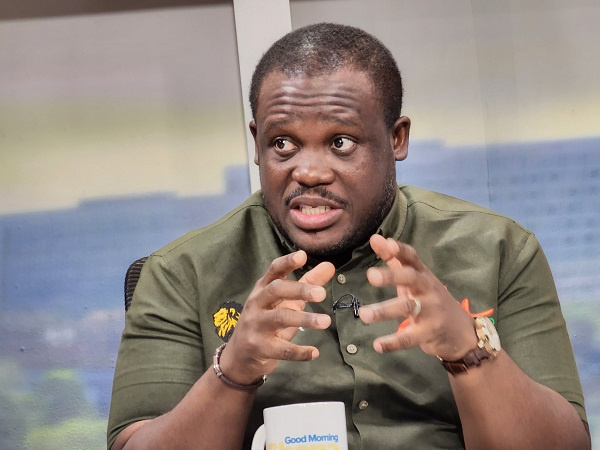
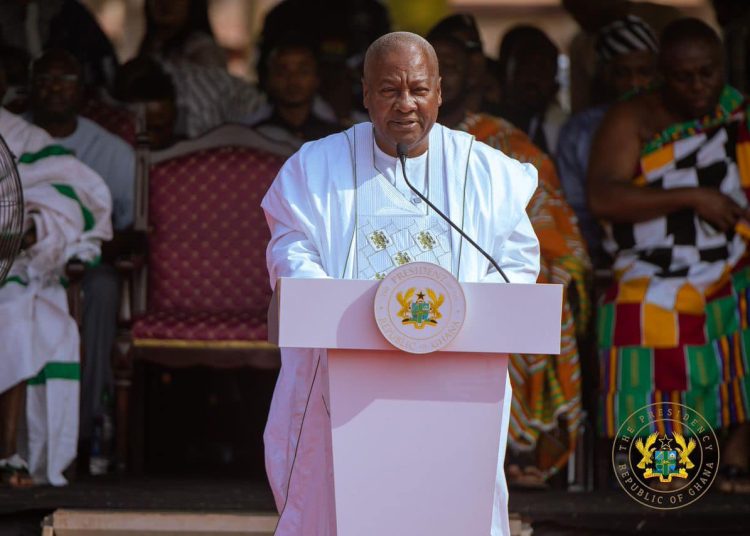
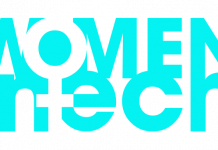





















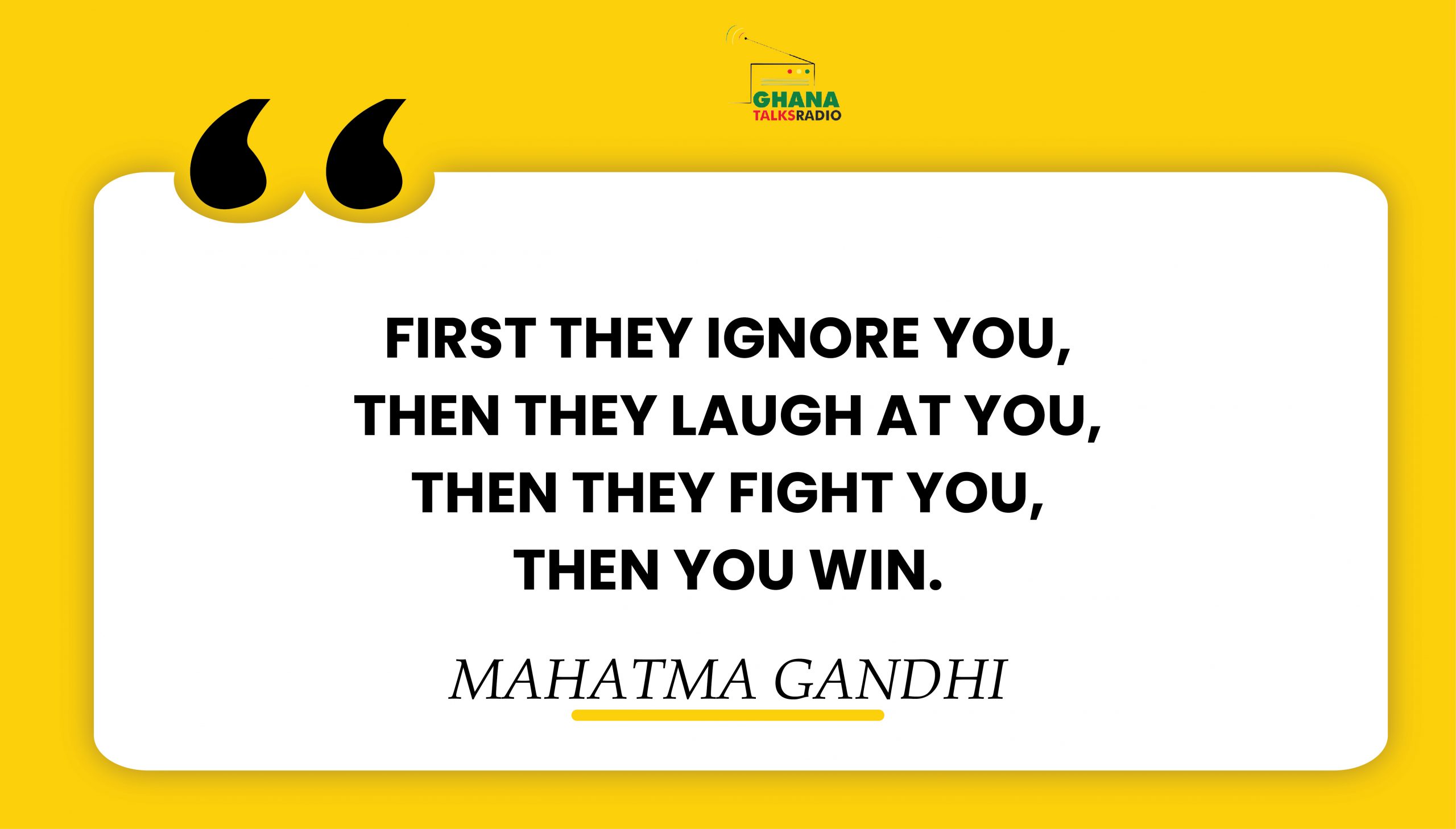

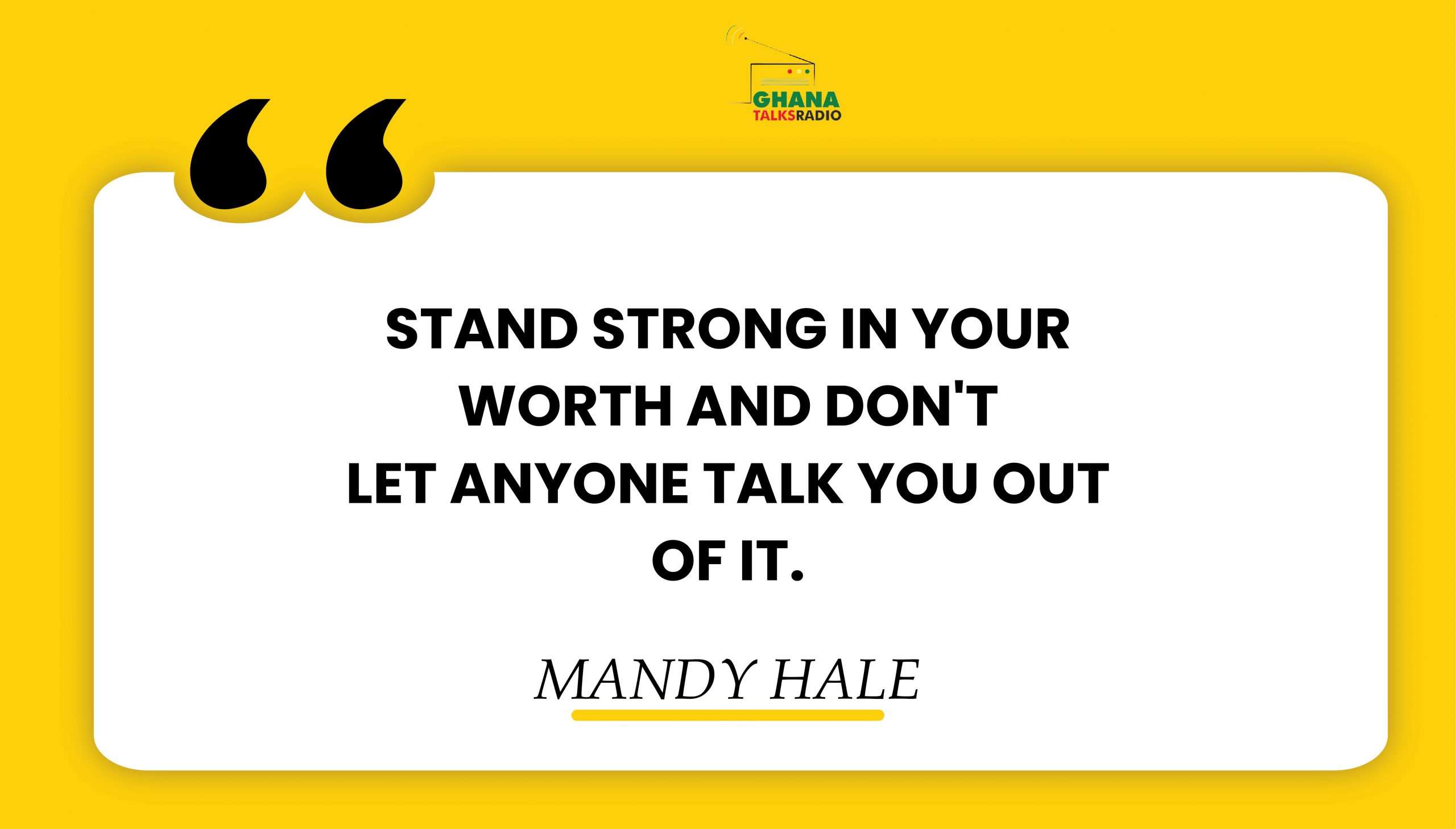



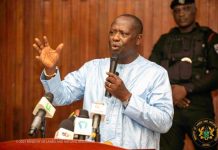


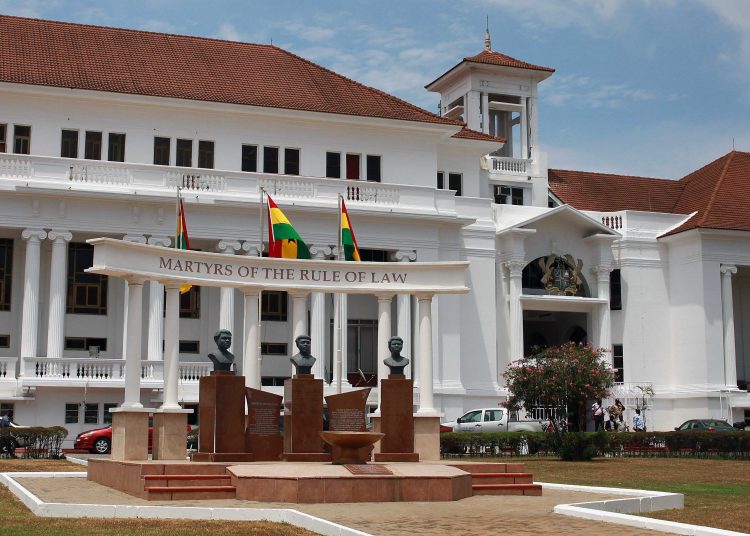





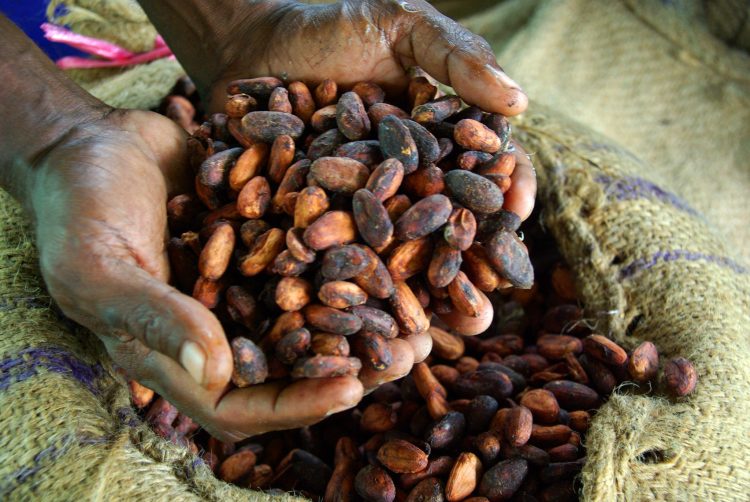

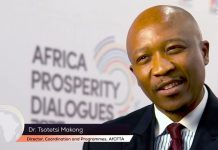
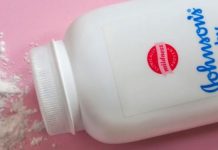







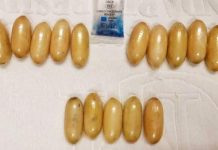

![[FREE FREE MONEY] Predict and Win a Guaranteed GH¢200 From Us EVERY WEEK](https://wordpress.ghanatalksradio.com/wp-content/uploads/2022/02/Predict-and-Win-Final-09-03-2021-218x150.jpg)
![[Predict & Win – 8th/Oct.] WIN A Guaranteed ¢200 From Us This Week](https://wordpress.ghanatalksradio.com/wp-content/uploads/2021/10/maxresdefault-16-218x150.jpg)
![[Predict & Win – 2nd] WIN A Guaranteed ¢200 From Us This Week](https://wordpress.ghanatalksradio.com/wp-content/uploads/2021/09/maxresdefault-50-218x150.jpg)
![[Predict & Win – 25th] WIN A Guaranteed ¢200 From Us This Week](https://wordpress.ghanatalksradio.com/wp-content/uploads/2021/09/maxresdefault-36-218x150.jpg)
![[Predict & Win – 18th] WIN A Guaranteed ¢200 From Us This Week](https://wordpress.ghanatalksradio.com/wp-content/uploads/2021/09/maxresdefault-23-218x150.jpg)
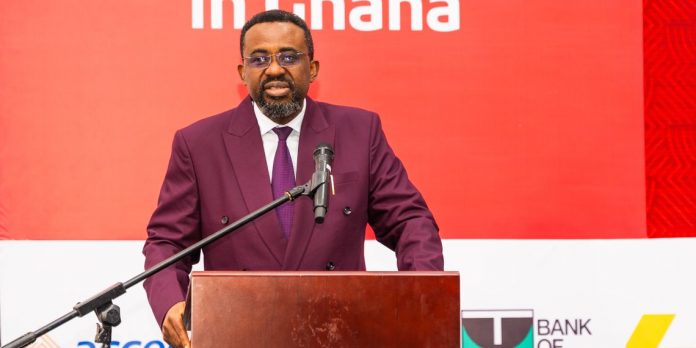
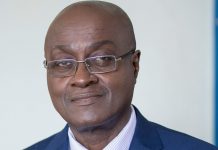









![[National cathedral] See full list of churches that have contributed since 2018](https://wordpress.ghanatalksradio.com/wp-content/uploads/2020/09/Ghana-National-Cathedral-GhanaTalksRadio-100x70.jpg)



